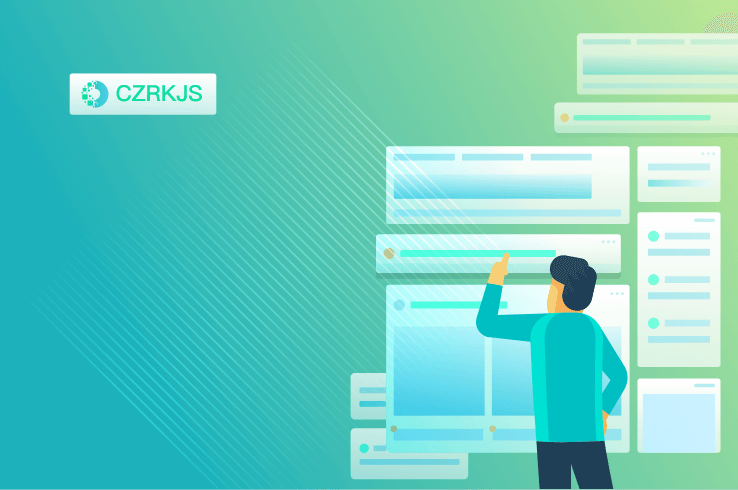
How to Get Started with mortgages
How to Get Started with Mortgages
Purchasing a home is one of life’s most significant financial commitments, and securing a mortgage is often the first step in turning that dream into reality. Whether you’re a first-time homebuyer or looking to refinance, understanding the mortgage process can make the journey smoother and more rewarding. Here’s a step-by-step guide to help you get started.
1. Assess Your Financial Health
Before diving into mortgage applications, take a close look at your financial situation. Lenders will evaluate your credit score, debt-to-income ratio (DTI), and employment history to determine your eligibility.
- Check Your Credit Score: A higher credit score can secure better interest rates. Aim for a score of at least 620, though 740 or above is ideal for the most favorable terms.
- Calculate Your Budget: Use online mortgage calculators to estimate how much you can afford, factoring in down payments, property taxes, and insurance.
- Reduce Debt: Lowering existing debt can improve your DTI ratio, making you a more attractive borrower.
2. Explore Mortgage Options
Mortgages come in various forms, each with unique terms and benefits. The most common types include:
- Fixed-Rate Mortgages: Offer stable interest rates and predictable payments over the loan term (typically 15 or 30 years).
- Adjustable-Rate Mortgages (ARMs): Start with lower rates that adjust periodically, suitable for those planning to sell or refinance within a few years.
- Government-Backed Loans: FHA, VA, and USDA loans provide flexible qualification requirements for eligible buyers.
Researching these options will help you choose the best fit for your financial goals.
3. Get Pre-Approved
A mortgage pre-approval letter from a lender strengthens your position as a serious buyer. This involves submitting financial documents (e.g., pay stubs, tax returns, and bank statements) for a preliminary review. Pre-approval gives you:
- A Clear Budget: Knowing your loan amount helps narrow down home searches.
- Competitive Edge: Sellers favor buyers with pre-approval, as it signals financing readiness.
4. Shop for Lenders and Compare Offers
Don’t settle for the first lender you find. Compare interest rates, fees, and loan terms from multiple banks, credit unions, and online lenders. Even a slight difference in rates can save thousands over the life of the loan.
5. Submit Your Application and Close the Deal
Once you’ve chosen a lender and a home, complete the formal mortgage application. Be prepared for:
- Underwriting: The lender verifies your financial details and may request additional documentation.
- Home Appraisal: An appraisal ensures the property’s value matches the loan amount.
- Closing: Sign the final paperwork, pay closing costs (typically 2-5% of the loan), and receive the keys to your new home!
Final Thoughts
Navigating the mortgage process may seem daunting, but with careful planning and research, you can secure a loan that aligns with your financial future. By assessing your finances, exploring loan options, and comparing lenders, you’ll be well on your way to homeownership.
Ready to take the next step? Start today—your dream home awaits!




